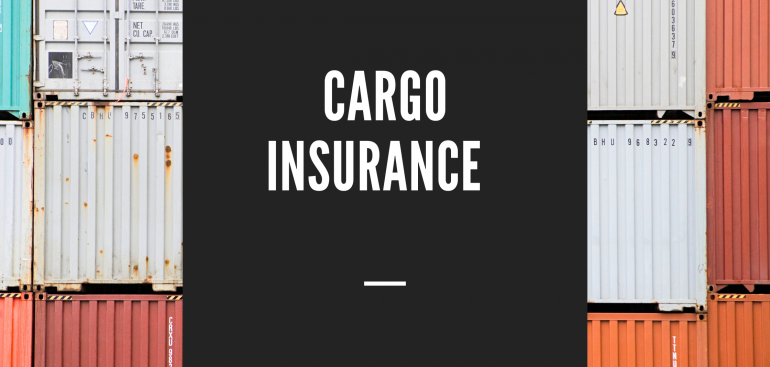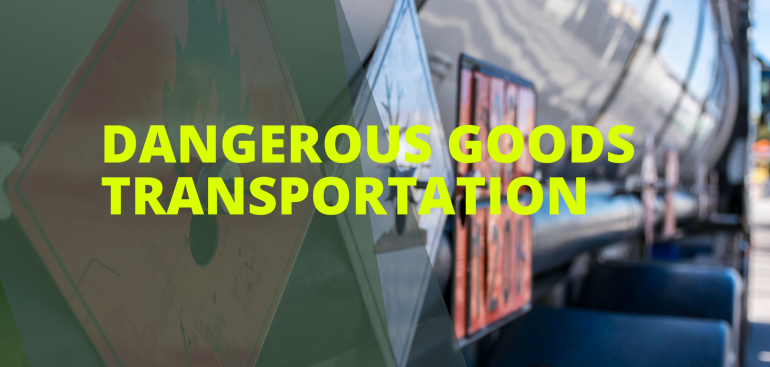As an international trader, you face a variety of risks every time your cargo sets sail. From damage or theft to natural disasters and regulatory changes, the challenges of managing these risks can seem overwhelming. Fortunately, there is one tool that can help you navigate these treacherous waters: cargo insurance. What […]
Transportation of dangerous goods is a crucial aspect of modern commerce, as it allows companies to move hazardous materials safely and efficiently. However, transporting dangerous goods comes with many risks, and safety must be a top priority. In this article, we will explore the dangers of transporting hazardous materials and discuss […]


